Will the EU and China Choose Competition or Co-creation?
Will the EU and China Choose Competition or Co-creation?
By Mehmet Enes Beşer
In 2025, artificial intelligence is no longer a technological novelty—it is a civilizational force. From reshaping global economies to redefining how societies learn, heal, work, and interact, AI is a frontier with profound implications. At the heart of this global shift lies a question that transcends hardware and code: will the world’s major powers wield AI as an instrument of dominance, or will they leverage it as a tool for shared progress?
For the European Union and China—marking 50 years of diplomatic relations this year—this question has never been more urgent. Both possess distinct yet complementary strengths: China is a technological powerhouse with an unparalleled ability to scale, while the EU brings rigorous regulatory experience, ethical foresight, and democratic institutionalism to the table. Together, they could lead the world in creating an AI future grounded in balance. But they stand equally at risk of letting suspicion and geopolitical rivalry turn that potential into missed opportunity.
The Mirage of Technological Decoupling
The instinct to decouple, especially in AI, is seductive in a time of strategic mistrust. The United States has clearly leaned into this strategy, framing AI as a zero-sum contest between democracies and authoritarian systems. Some voices within Europe echo this line, urging tighter restrictions on technological exchange with China in the name of security and autonomy.
But for the EU, decoupling from China’s AI ecosystem is not just unrealistic—it is counterproductive. China is already a global leader in areas such as computer vision, speech recognition, and AI applications in urban governance. Europe’s tech sector, while innovative, often struggles with scale, funding, and deployment. If Europe cuts off collaboration, it risks isolating itself from vital streams of innovation, data, and market applications.
More importantly, such a move would contradict Europe’s own values. The EU has long championed multilateralism, dialogue, and ethical globalization. Abandoning those principles in favor of isolation would not only weaken Europe’s voice in shaping global AI norms but also concede ground to hardliners on both sides.
A Digital Symbiosis Waiting to Happen
Cooperation between China and the EU is not only possible—it is desirable. Consider healthcare. China has deployed AI at scale to power everything from cancer diagnostics to COVID response systems. Europe, meanwhile, leads in biomedical research and has pioneered frameworks on digital consent and medical data privacy. If these capabilities were brought together, the result could be a revolution in global health—one that respects rights while enhancing lives.
Climate action is another arena where the two sides can move from dialogue to action. Smart energy grids, precision agriculture, and predictive environmental modeling powered by AI are already in motion in both Europe and China. A joint effort to share methodologies, standards, and tools could magnify these efforts globally—especially in the Global South, where climate adaptation will be most urgent.
Even in education, where AI’s potential often goes under-discussed, the EU and China have unique assets to share. China’s rapid deployment of AI learning platforms, especially in underserved regions, has improved access to personalized learning. Europe, with its multilingual educational tradition and emphasis on equity, can offer checks against algorithmic bias and exclusion. Together, they could build AI learning systems that are scalable, fair, and inclusive.
Governance: The Real Bridge or Battleground
Yet it is in governance, not just application, that the deepest bridge—or fault line—between China and the EU lies. The EU’s AI Act, provisionally adopted in 2024, is a global benchmark for regulating artificial intelligence. It emphasizes transparency, risk classification, and human oversight. China’s regulatory approach, while evolving, has prioritized centralized control, social stability, and alignment with state objectives.
Can these paradigms coexist? The answer lies in layered diplomacy.
The EU and China should establish a joint “AI Dialogue Mechanism” that does more than exchange white papers. It should engage regulators, industry leaders, ethicists, and technologists in sustained, structured conversations. Focus should be given to areas where values converge—safety, reliability, sustainability—rather than where ideologies diverge. Additionally, collaboration on open-source platforms and international standard-setting bodies (like ISO and IEEE) could ensure that neither side unilaterally dictates the terms of global AI development.
Strategic Autonomy Without Strategic Isolation
Europe’s pursuit of “strategic autonomy” is often misunderstood. It is not a call for disengagement, but for engagement on Europe’s terms. In that sense, the EU’s relationship with China on AI can be a test case for what mature, interest-based diplomacy looks like in a multipolar world.
China, too, must recognize that cooperation with Europe is not a one-way street. It must demonstrate respect for European values—particularly around data protection, intellectual property, and the role of civil society. Transparency in how Chinese companies use AI abroad, as well as openness to third-party audits and compliance, will be crucial to building trust.
Conclusion: Seizing the Ethical Edge in AI
In a world where great power rivalries are making even scientific cooperation politically fraught, AI remains a domain where collaboration could produce not just technological gains, but moral leadership. Europe and China—together home to nearly 2 billion people—have a duty to steer this moment toward inclusion rather than division.
They can choose to see AI through the lens of suspicion and supremacy, letting the technology become another battlefield in the “clash of systems.” Or they can choose to build bridges—practical, ethical, and visionary—that link innovation with the global good.
The next phase of AI will be written not just in code, but in values. Europe and China must decide whether to be rivals in that writing—or co-authors.



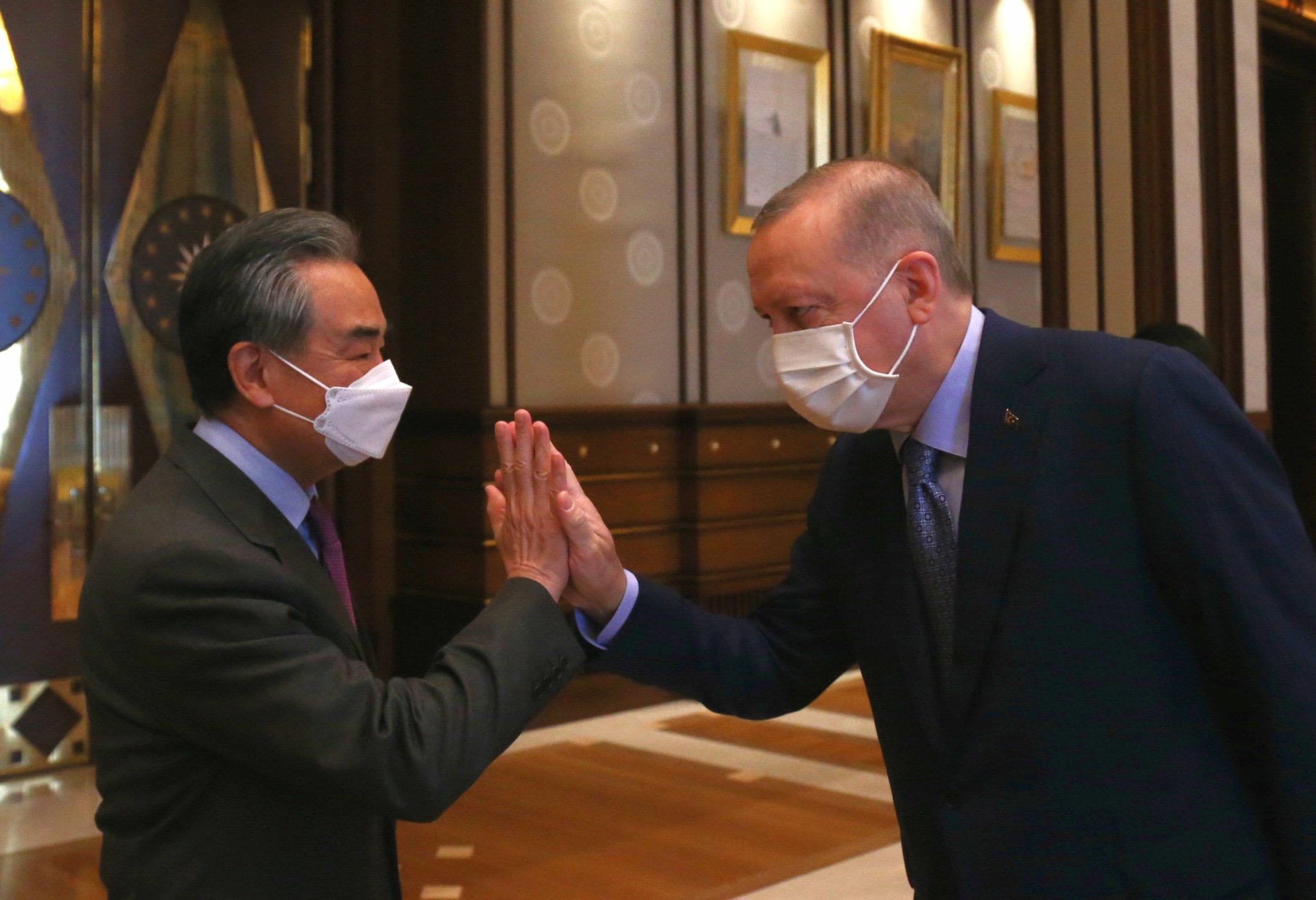



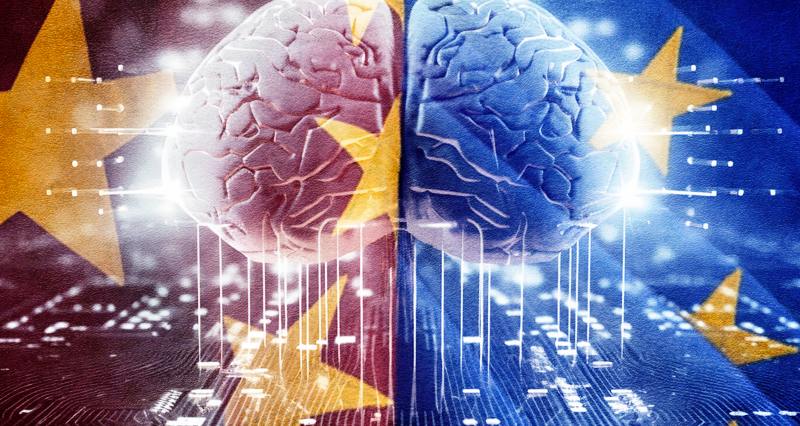





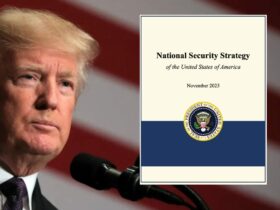
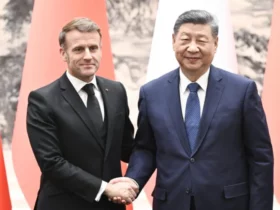

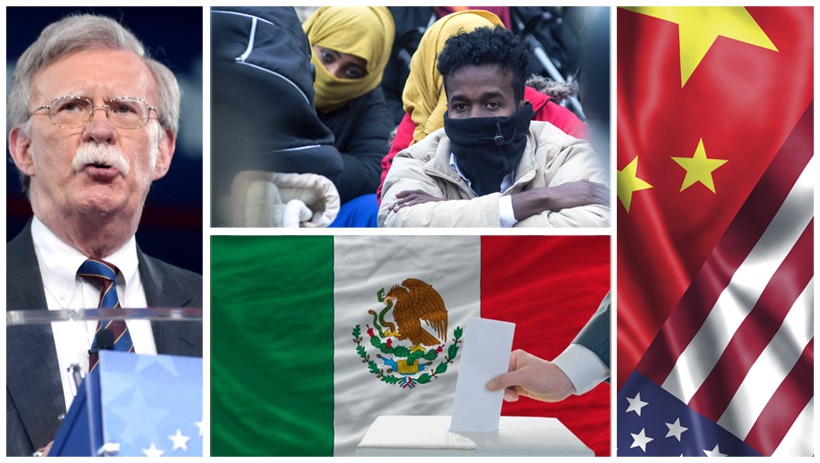
Leave a Reply